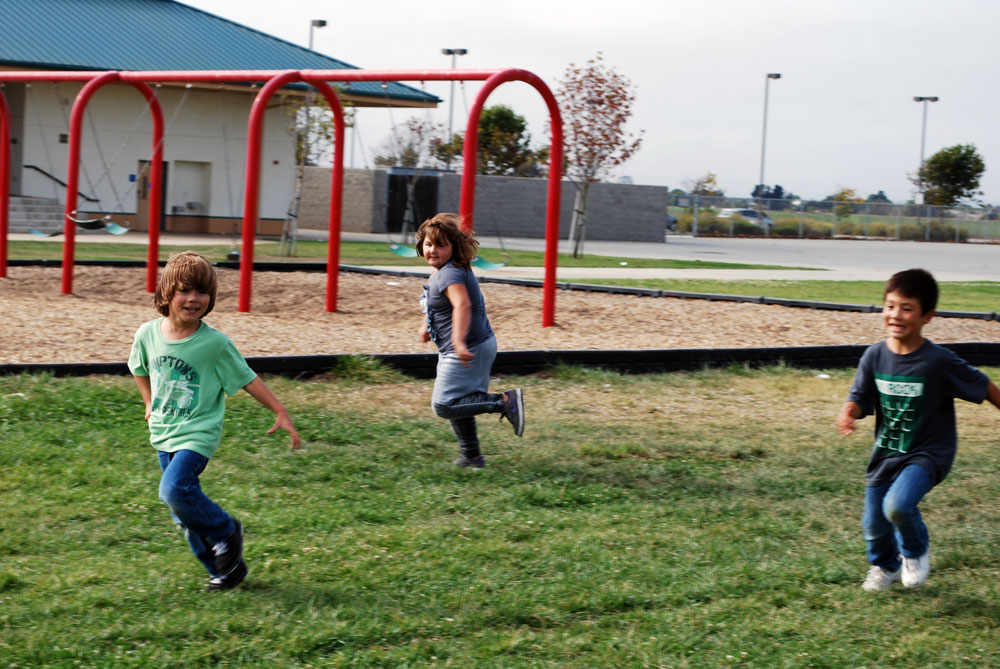
Obesity rates are finally turning around in low-income preschoolers.
After a generation of steady or increasing obesity rates, new data shows that obesity is down in low-income kids ages 2 to 4 in California and eighteen other states, according to a report released by the Center for Disease Control and Prevention.
California finally saw an improvement in childhood obesity after more than a decade of climbing rates. A little less than 17 percent of children ages 2 to 4 were obese in 2011, said the Center For Disease Control and Prevention, in its monthly Vital Signs Report. This is down about a half percent from 2010. While it is a small change, it shows the first significant decrease in over a decade.
“We are hoping after decades of obesity, this rise in the number of healthier kids continues,” said Ashleigh L. May, Ph.D., the author of the report, in a interview.
For the Vital Signs Report, the Center for Disease Control and Prevention looked at the height and weight of children aged 2-4 years who use federally funded maternal and child nutrition programs. The center used data from the Pediatric Nutrition Surveillance System taken in forty states, the district of columbia and two U.S. territories.
Preventing childhood obesity is an important step in curbing the obesity epidemic for future generations of adults. Children who are obese at this age are five times as likely to be obese as adults and suffer from related health problems. “Ensuring healthy lifestyles early on is key.” May said. “We want to stop obesity in kids from the start.”
Despite the need to prevent childhood obesity, there is very little state-specific data on obesity trends in young children. “The information in this report fills a gap in obesity research”, said May. “Hopefully, it gives states the information they need to continue and built on their current efforts or implement new programs.”
California’s current efforts to combat obesity are coordinated by the California Obesity Prevention Program, which works to change public policy and living conditions in order to increase fruit and vegetable consumption, lower people’s intake of high calorie foods and sugary drinks, increase physical activity, and increase breast-feeding. The program does statewide research and gives grants to community programs that fight obesity.
While the decrease in obesity shows progress, California still has the second highest obesity rates among low-income preschoolers out of the 43 states observed in 2011. “We must continue to strengthen and expand proven strategies that help our children live healthier lives by avoiding obesity in the first place.” said Janet L. Collins, Ph.D., director of CDC’s Division of Nutrition, Physical Activity, and Obesity, in a press release.





